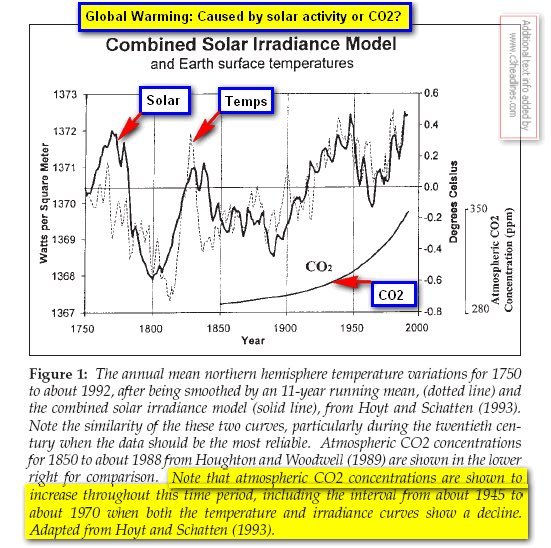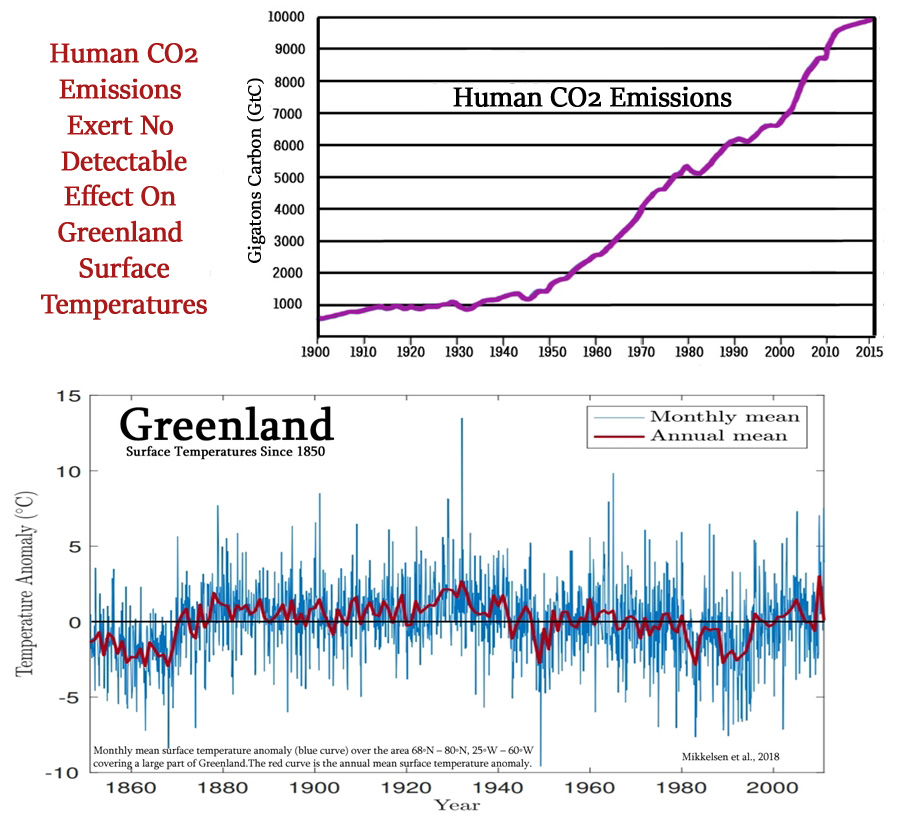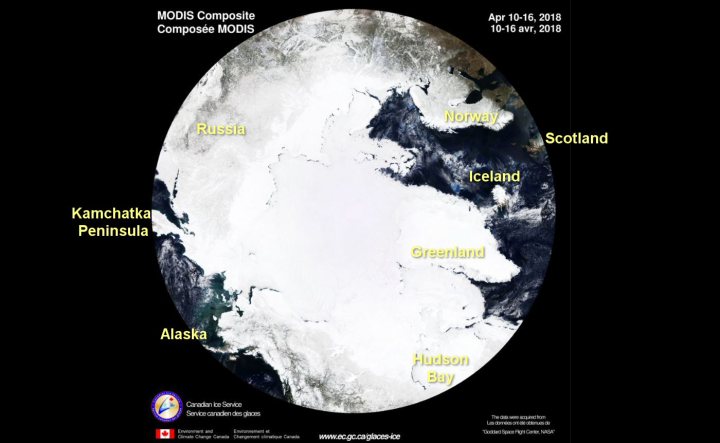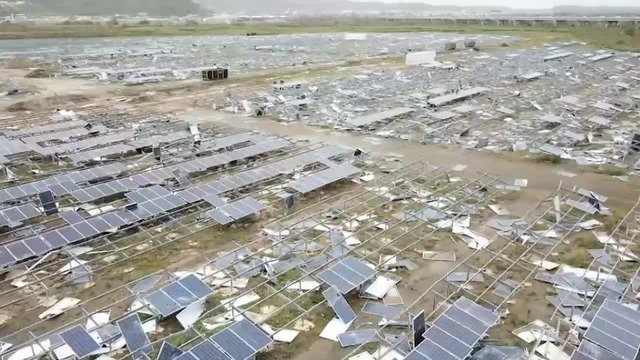Proposed Jetty at Smith Bay on Kangaroo Island
KI Plantation Timbers (KPT) is planning to build a deep water jetty at Smith Bay on the North coast of Kangaroo Island. This plan has been controversial, mainly because of the possible impact of changes in water quality on the abalone farm which occupies land adjacent to the proposed jetty.
I will consider the reasons this development is being planned along with reasons for the choice of this site. I will then list some of the possible benefits to Kangaroo Island if the project is successful, before discussing some of the objections, both to the site, and to the proposal as a whole.
I have no personal interest in KPT whatever. This discussion is motivated by a desire for fairness and accuracy in discussions of development on Kangaroo Island, and for the best possible outcome for KI and its residents.
Why Build a Jetty?
Just under four percent of Kangaroo island has been planted to renewable timber. About two-thirds of this is native hardwoods, and one-third Pinus Radiata. Almost all of these plantations are located West of Parndana. The estimated value of harvestable timber is a completely renewable $50 million per year, of which $20 million per year will flow back as direct income to Kangaroo Island. That value is only realisable if a cost-effective way can be found to transport harvested timber off the island. Taking wood chips or timber in trucks across the length of the island for transport on Sealink ferries and further transport from there to a deep water jetty is not economically viable. Even if it were financially sustainable, wear on kangaroo Island’s roads, and additional environmental and safety concerns, particularly during tourist season, make this an undesirable option. A deep water jetty in proximity to plantations is the only realistic option.
Why Smith Bay?
A dozen different sites have been considered by KPT. The project needs a sheltered site on the North coast as close as possible to existing timber plantations, where land is reasonably level, and with rapid drop off into deep water so that large vessels can berth reasonably close to shore. Smith Bay matches all these criteria. In addition, adjacent land is already cleared, so there is minimal impact on land environment, and the seabed where the jetty is planned has previously been dredged, meaning minimal impact on the marine environment.
What are the Potential Benefits to Kangaroo Island?
Once operational, KPT will directly employ people in 120 FTE (full time equivalent) positions in timber planting and maintenance, sawmill operation, transport, administration, jetty operation, etc. In addition a further 100 FTE positions will be created in direct support; contract and supply, etc. With family members, this is likely to lead to the addition of over 400 people to Kangaroo Island’s population. This means additional rates income for Council, additional money spent in local businesses, additional students in local schools, possibly to the extent of its being feasible for Parndana to offer classes up to Year Twelve again. In total, some $20 million additional income to Kangaroo Island, not as a once off, but in perpetuity.
A project which has the potential to bring such major and ongoing financial and social benefits to Kangaroo Island should not be rejected unless there are overwhelming, compelling, evidence-based reasons to do so.
What are the objections?
Does Kangaroo Island Really Need a Port of This Size?
This is not really an objection, although it is sometimes framed as one. Firstly, it is not a port, it is a jetty. And at a planned 150m in length, it is about two-thirds of the length of the jetty in Kingscote, Kangaroo Island’s main town. The simple answer to the question is yes. The jetty needs to be 150m in length for large ocean-going vessels to be able to berth.
The Planned Port is a Monstrosity Which Will Ruin the Look of the Bay.
Firstly, it is not a port, it is a jetty. Secondly, the look of the bay has already and tragically been destroyed by the establishment of an industrial-type complex right on the foreshore. And finally, is Christmas Cove a monstrosity? Is the Vivonne Bay jetty? On the contrary, Kangaroo Island’s jetties are some of its most loved and photographed landmarks.
An International Port is a Major Quarantine and Exotic Pest Risk.
It is not a port, it is a jetty. Any overseas vessels berthing at the Smith Bay jetty will already have passed customs and quarantine inspection at Fremantle or Port Adelaide. This is the same process that applies to cruise ships which currently visit the island. Cruise liners visit the island in similar numbers to those planned to dock at Smith Bay, but are much larger vessels.
Before considering other objections it is worth noting that the abalone farm at Smith Bay is a completely inappropriate development for KI, both from an environmental and an aesthetic point of view. It should never have been approved. It has changed a lovely rocky bay on the North coast into what looks like an industrial wasteland, one which pumps millions of litres of high nitrate, high bacterial waste into the ocean. The World Wildlife Fund has raised a number of concerns about land-based abalone farming, including noise, odour and dust, high energy use (How much energy? Yumbah was quoted $1.35 million for electricity for operations in SA in 2017), unsustainable kelp harvesting for food, or use of fish meal and algae in manufactured feed, the impact of waste disposal including the pumping of waste water directly into the ocean, including waste nutrients, chemicals, shell grit, faeces and sludge, and the risk of disease. Unlike some claimed objections to the proposed jetty, these are real, evidence based concerns. An outbreak of Abalone Viral Ganglioneuritis, traced to a land-based abalone farm at Port Fairy owned by Southern Ocean Mariculture Pty Ltd, has devastated wild abalone along 1200 kilometres of the Victorian coast and continues to spread at a rate of about 5kms per month. An abalone farm in Santa Barbara, California, released Candidatus Xenohaliotis Californiensis into the environment, causing devastation to native black abalone populations. That species is now listed as endangered. Why would anyone want this on Kangaroo Island?
In addition, the abalone farm makes a minimal financial contribution to KI. It is owned by Yumbah, which also owns abalone farms at Port Lincoln, Narrawong and Bicheno. Profits are not returned to the island, and abalone grown here is not marketed as a Kangaroo island product.
Sadly, the time to make these objections, and to launch a campaign to save Smith Bay, was before the abalone farm was established. It is now an operational business, and any concerns or objections it has need to be considered. However, I will just add that the proposed jetty site at Smith Bay is not only the obvious, most economical and most environmentally appropriate site on the North coast, it has previously been dredged and used as a jetty/landing. Due diligence prior to the establishment of the abalone farm would have shown this to be the case, and suggested that another site would have been a better option. To establish a business adjacent to a site previously used as a jetty and likely to be used as a jetty again, and then complain because your business is incompatible with a jetty, is like buying a house next to the airport and then complaining about flight noise.
Worst Case Scenario – A Ship Sinks or Capsizes Resulting in Major Spill of Fuel or Cargo
The plan is for twelve ships per year to berth at a sheltered deep water jetty. Roughly the same number of ships will berth at Smith Bay as cruise liners visit the island each year, except that cruise liners are substantially larger. This is about the same number of ships that dock at Penneshaw every weekend, carrying far more hazardous cargo. In no business or endeavour is it possible to proceed by inventing the scariest possible scenario and then claiming that anyone in favour of the project wants this dreadful thing to happen. Risk assessment has to be based on historical evidence and the real, assessable likelihood of various possibilities.
Ports and Shipping are Incompatible with Aquaculture.
No, they are not. China is the world’s largest producer of farmed abalone, and much of its aquaculture takes place near major shipping lanes and population centres. Many Australian abalone farms are in close proximity to ports; Port Lincoln, Port Fairy, Narrawong – directly across the bay from Portland, to name just a few.
The Federal Government is Deeply Concerned About the Environmental Impact of this Project.
A recent letter to The Islander claimed that “the Federal Government is so concerned that they have placed Environment Protection and Biodiversity Conservation Act controls over the project.”
It is not a matter of being “so concerned” at all. The Act is triggered whenever an issue is raised about the potential environmental impact of any development. In this case, there have been reports that the proposed jetty may impact nesting areas of endangered birds. This concern is answered simply by pointing out that the bird species reported as potentially impacted do not nest in any area that will be disturbed or affected by the development.
Water Quality Will be Negatively Affected
It is important to understand exactly what is being planned. The jetty at Smith Bay will be operational for two months of the year. During that time it will service between ten and twelve ships. That is, the Smith Bay jetty will service as many ships in a year as travel to and from Penneshaw in an average weekend. Ferries docking at Penneshaw carry, load, and unload creosote treated timber, gas, oil, petrol, building materials, fresh produce and livestock, as well as passengers and vehicles. The ships at Smith Bay will load only an entirely natural product, treated with no artificial fertilisers or pesticides. Natural timber will be stored temporarily on the site, sufficient for the next load. If there is rain, runoff from sheltered timber stacks is no different from rain falling on natural native forest. Nonetheless, the site will be designed to ensure that any runoff is collected and secured.
Water quality at the jetty at Penneshaw is consistently high. There are hundreds of times more ship movements than are planned at Smith Bay, with far more hazardous products, on a shallow sandy bottom, yet the water quality is unaffected. In fact, the water inside the rock wall where the ferries dock is frequently clearer than outside, for the simple reason that the protection offered by the rock wall reduces the amount of sand and organic matter picked up by wave motion, and helps to ensure consistent water quality in the protected area.
In addition, abalone farms in China, South Africa, Australia, the US and other countries operate in a wide variety of locations, with widely varying input water quality and temperature. Input water is filtered, usually through a sand filter, and temperature controlled as required. Provided inputs and filters are managed correctly, they can, and already do, cope with natural day to day changes.
KPT is conducting and will continue to conduct ongoing tests of water quality at the proposed site. The only likely change once the jetty is operational is that there may be a slight reduction in the amount of sand and other suspended matter because of the protection offered by the jetty. There is no objective, evidence-based reason to believe there will be any long term changes which will affect the operation of the abalone farm.
Even if all the Above is True, Water Quality Will Definitely be Affected During Construction.
Two of the advantages of the Smith Bay site are that it slopes steeply down into deep water, and that some dredging has already taken place. The use of a floating pontoon also reduces the need for disruption to the sea bed. Nonetheless, some dredging will need to take place, and large quantities of rocks will need to be placed to construct the jetty out of mostly natural materials.
Fortunately, a wide variety of mitigation procedures are available to minimise silt plumes. These include hydraulic dredging, use of a closed clamshell, ensuring there is no barge overflow, use of silt curtains, and dredging and construction only when tide or current is flowing away from critical areas. Other measures may be available to the abalone farm to alleviate any concerns it has about water quality during construction, including changes to filtration processes, moving or extending water intake locations, enhanced use of water storage and recycling, etc. KPT has employed consultants to consider all available options, and has offered to meet with representatives of Yumbah (the owners of the abalone farm) to discuss these and other measures to ensure the abalone farm is able to continue to operate without interruption. So far this offer has not been accepted.
Summary
Objections offered so far either have no basis in real world evidence and experience, or in the case of temporary changes in water quality during construction, can be mitigated to ensure continued safe operation of the abalone farm. The development of a jetty at Smith Bay offers substantial ongoing social and financial benefits to the residents of Kangaroo Island and should proceed.










